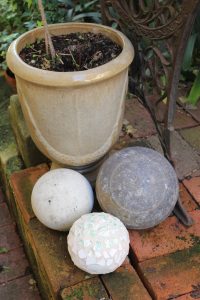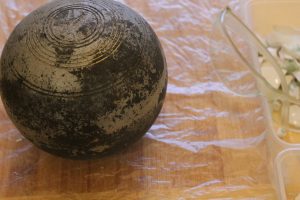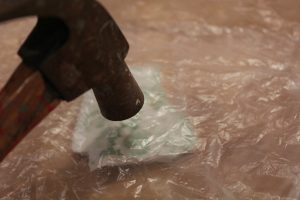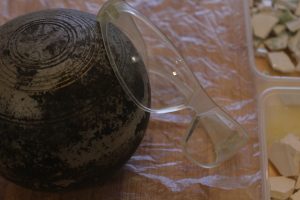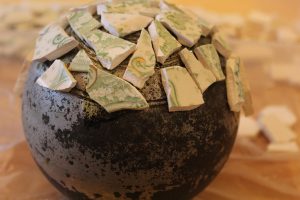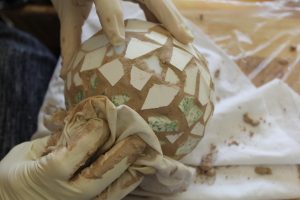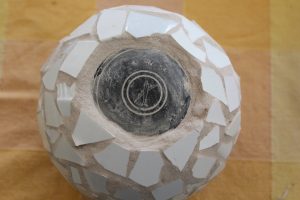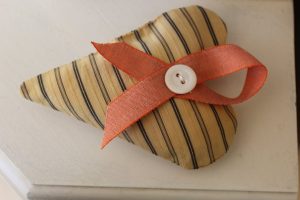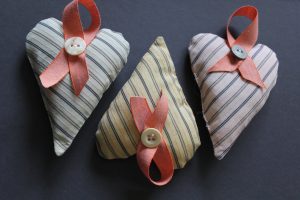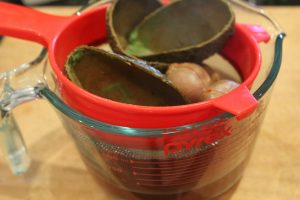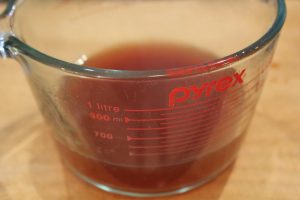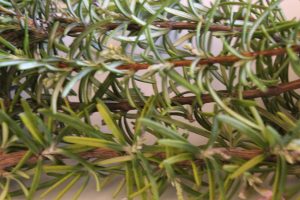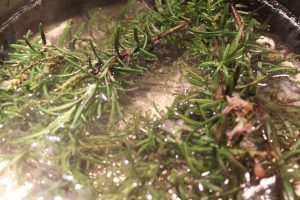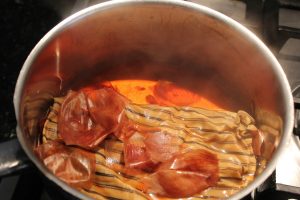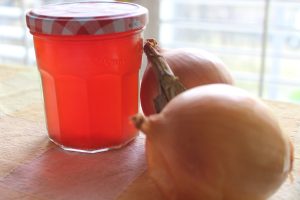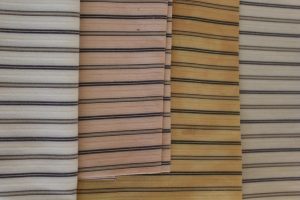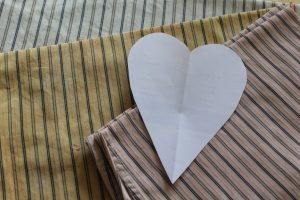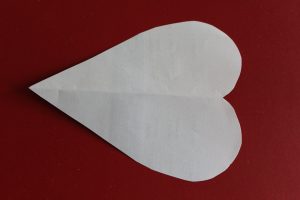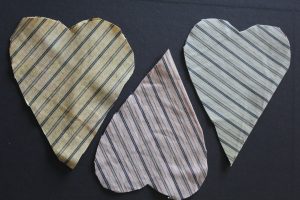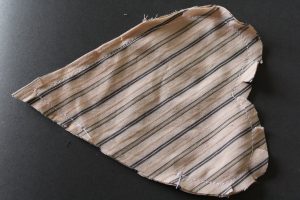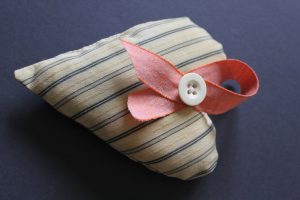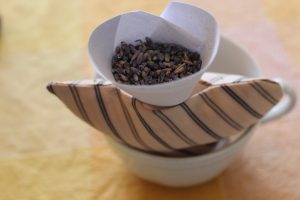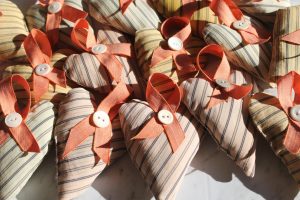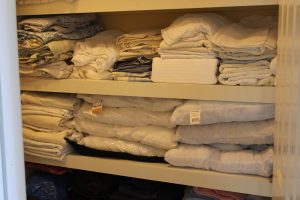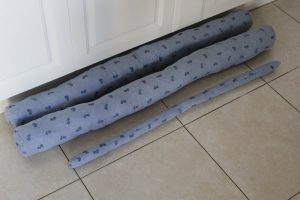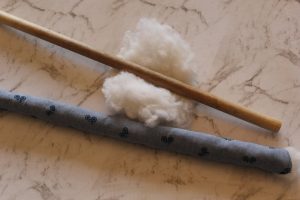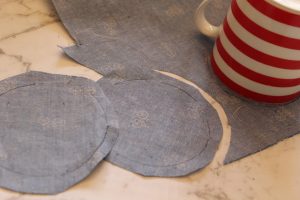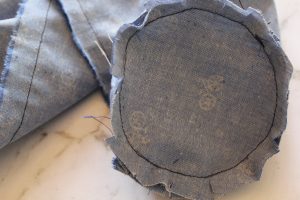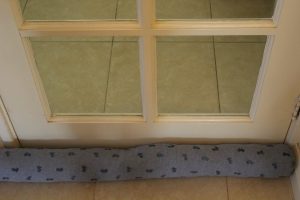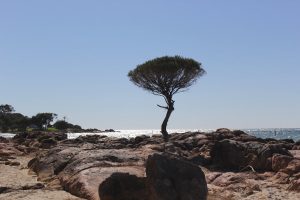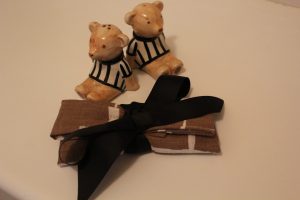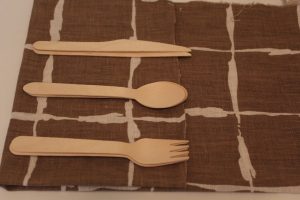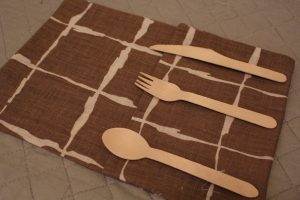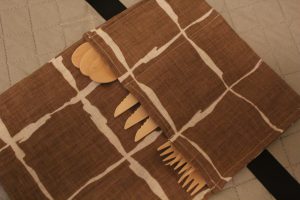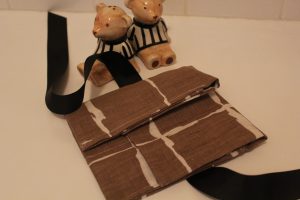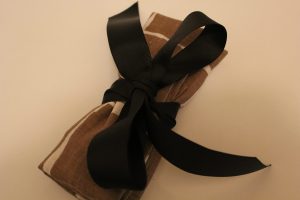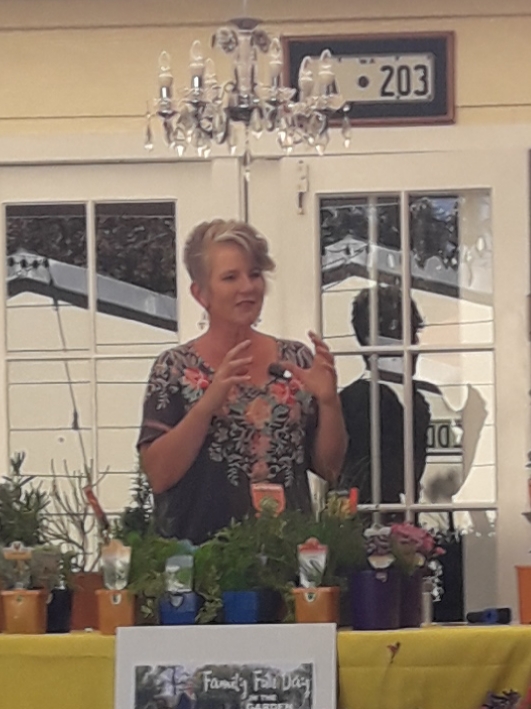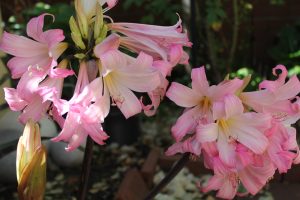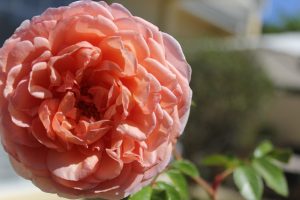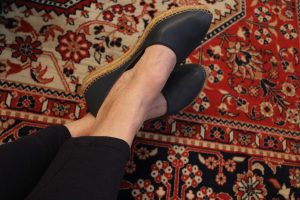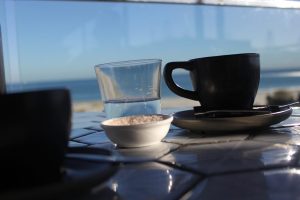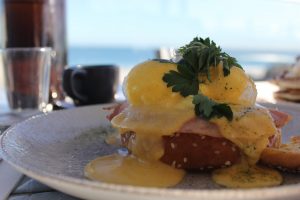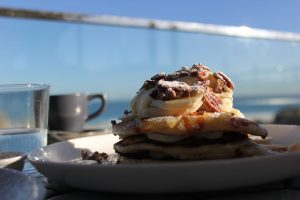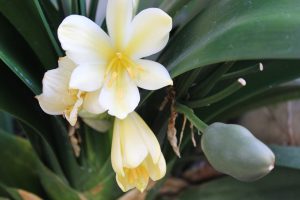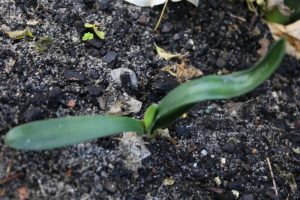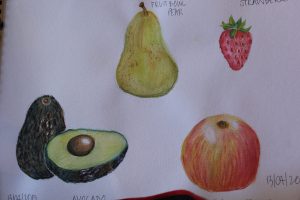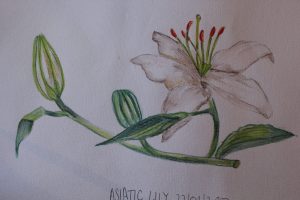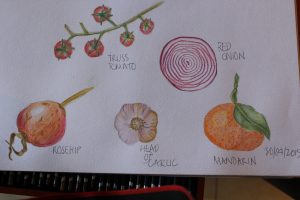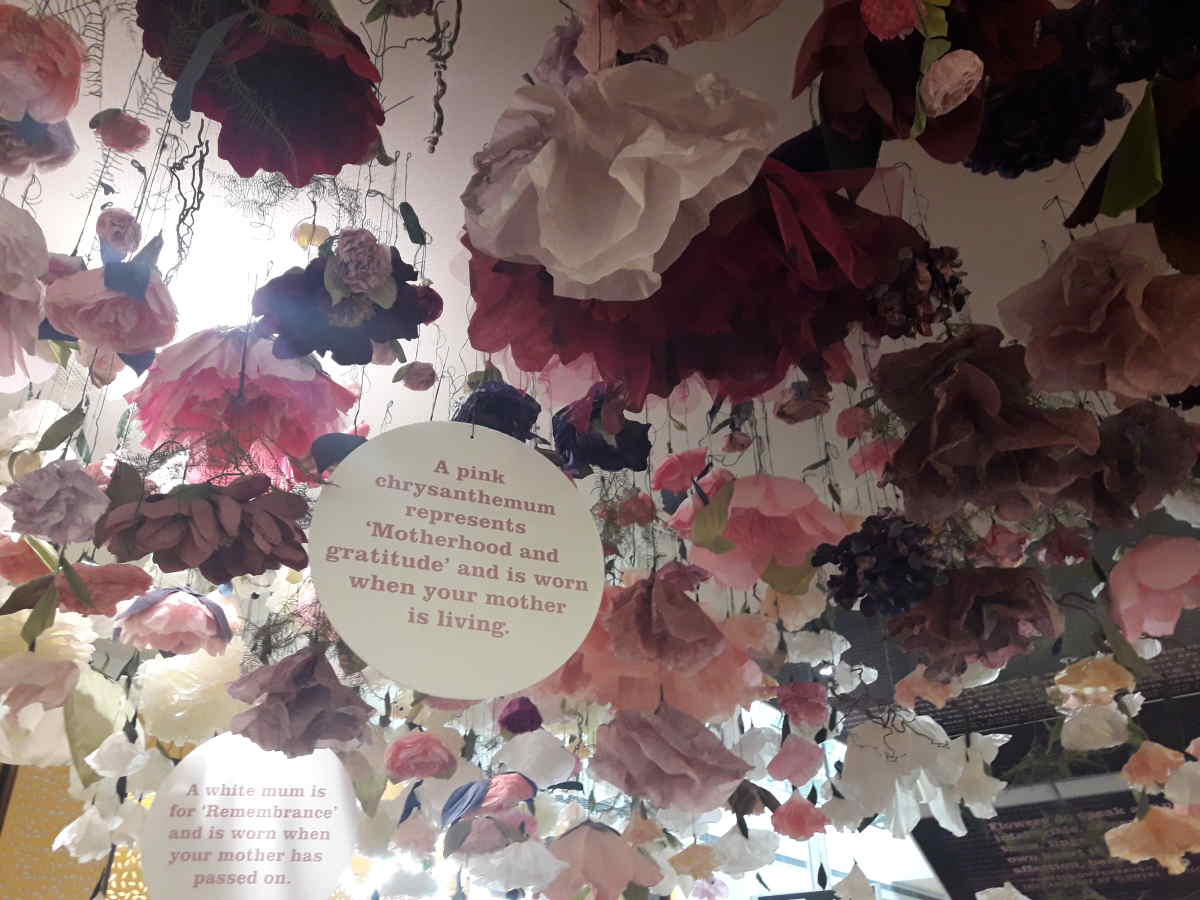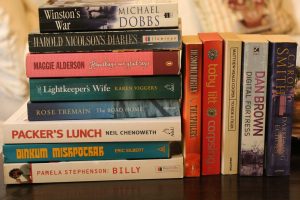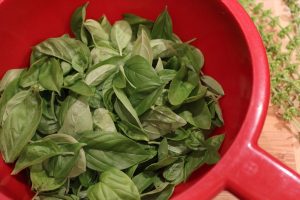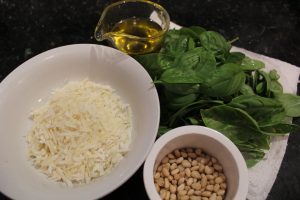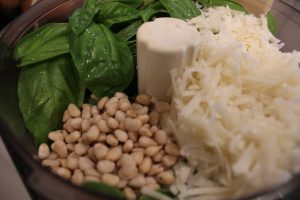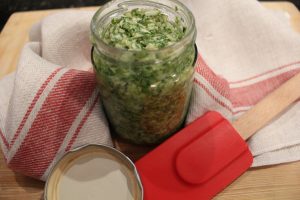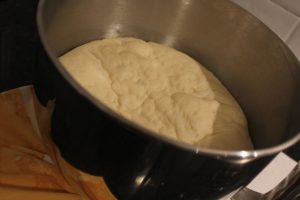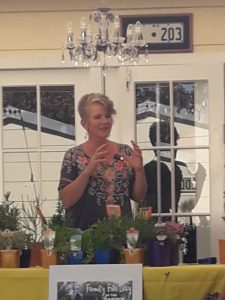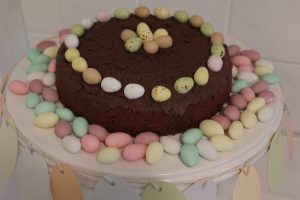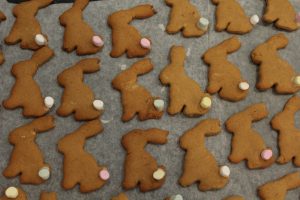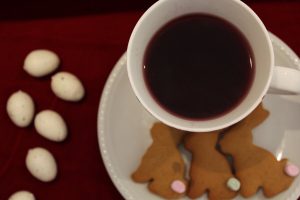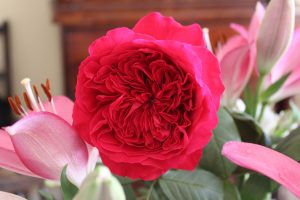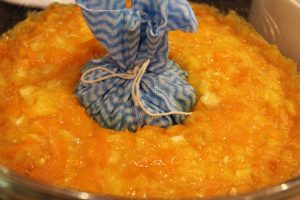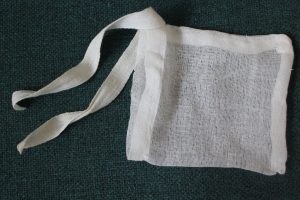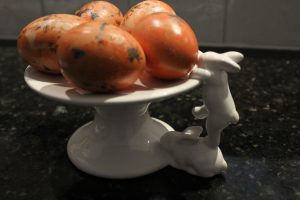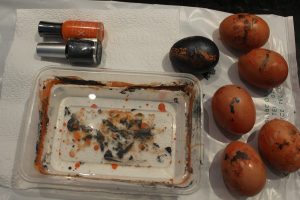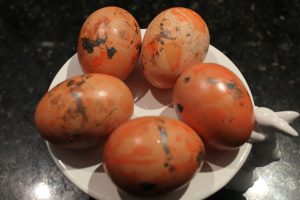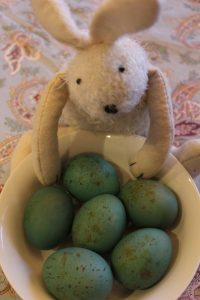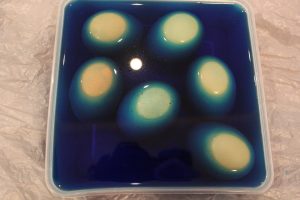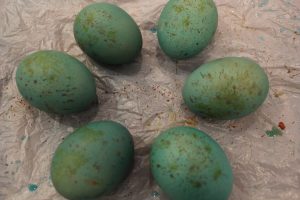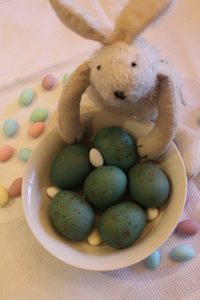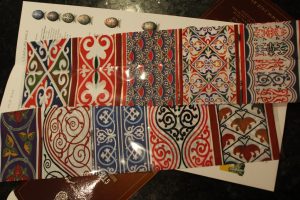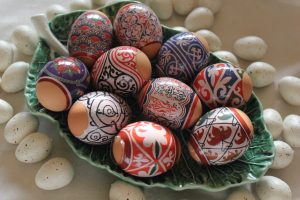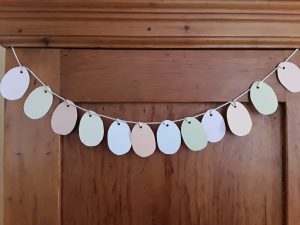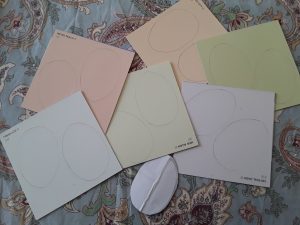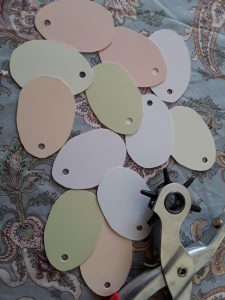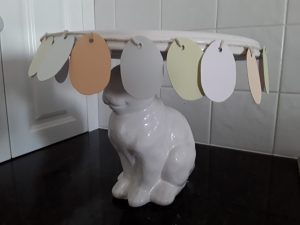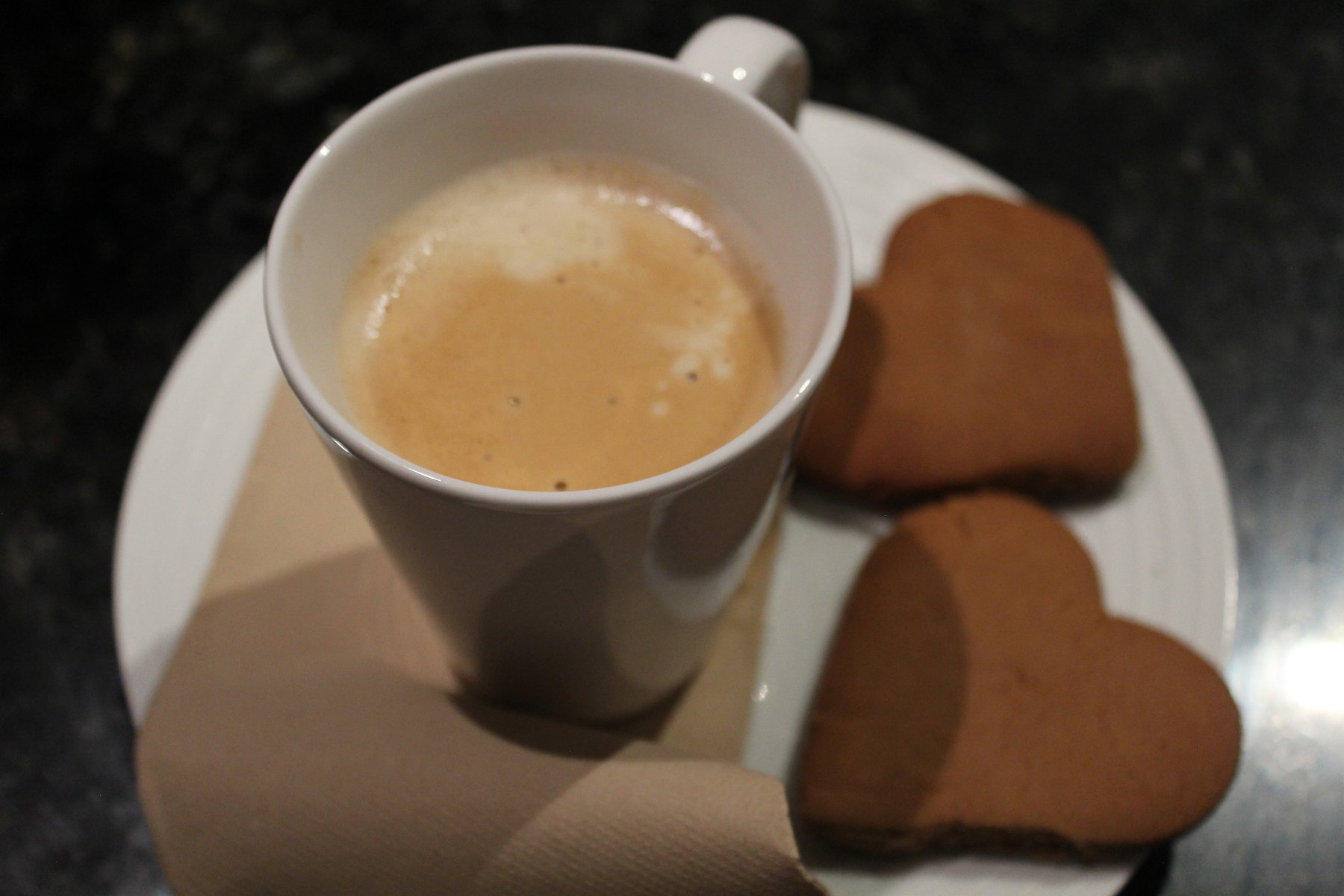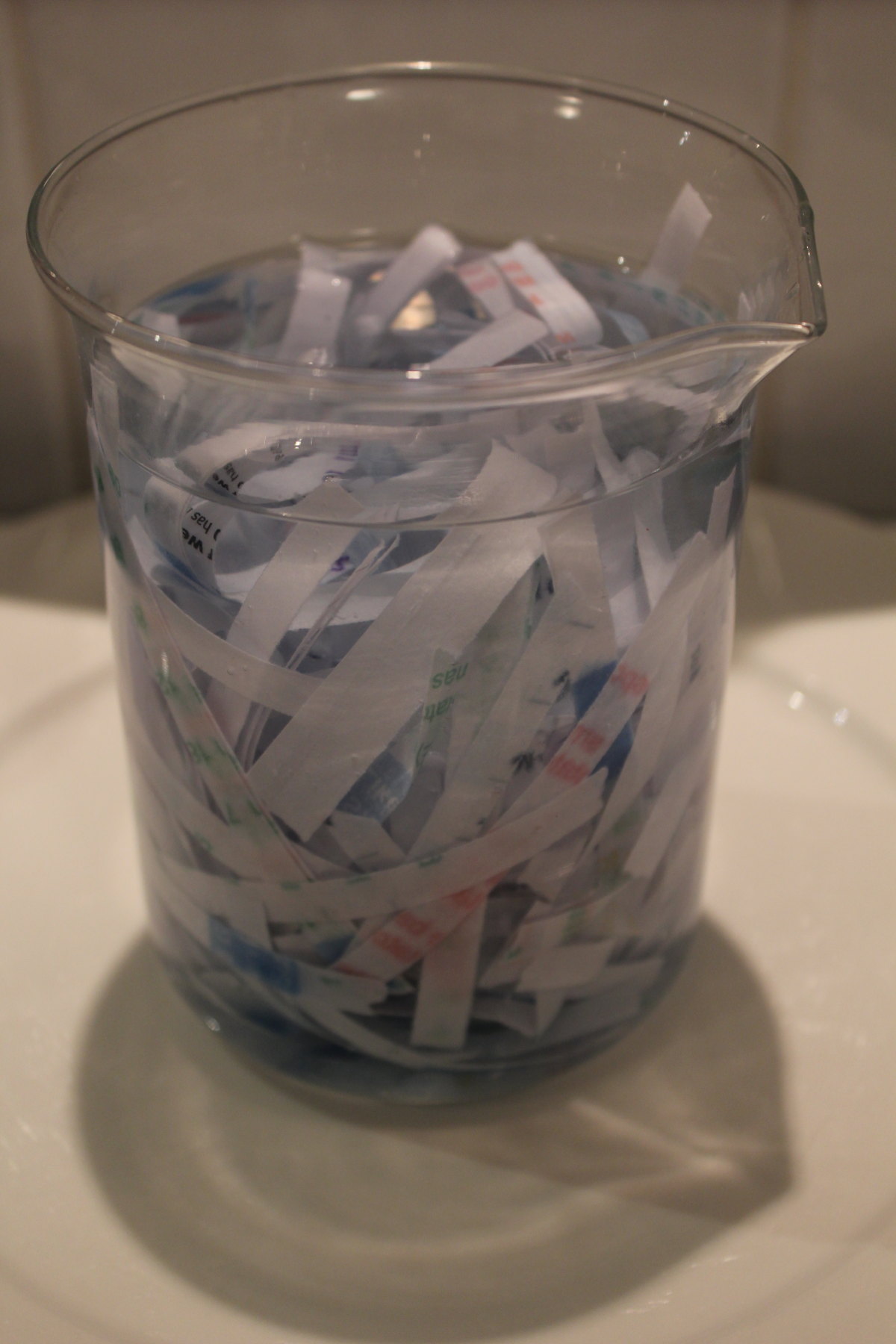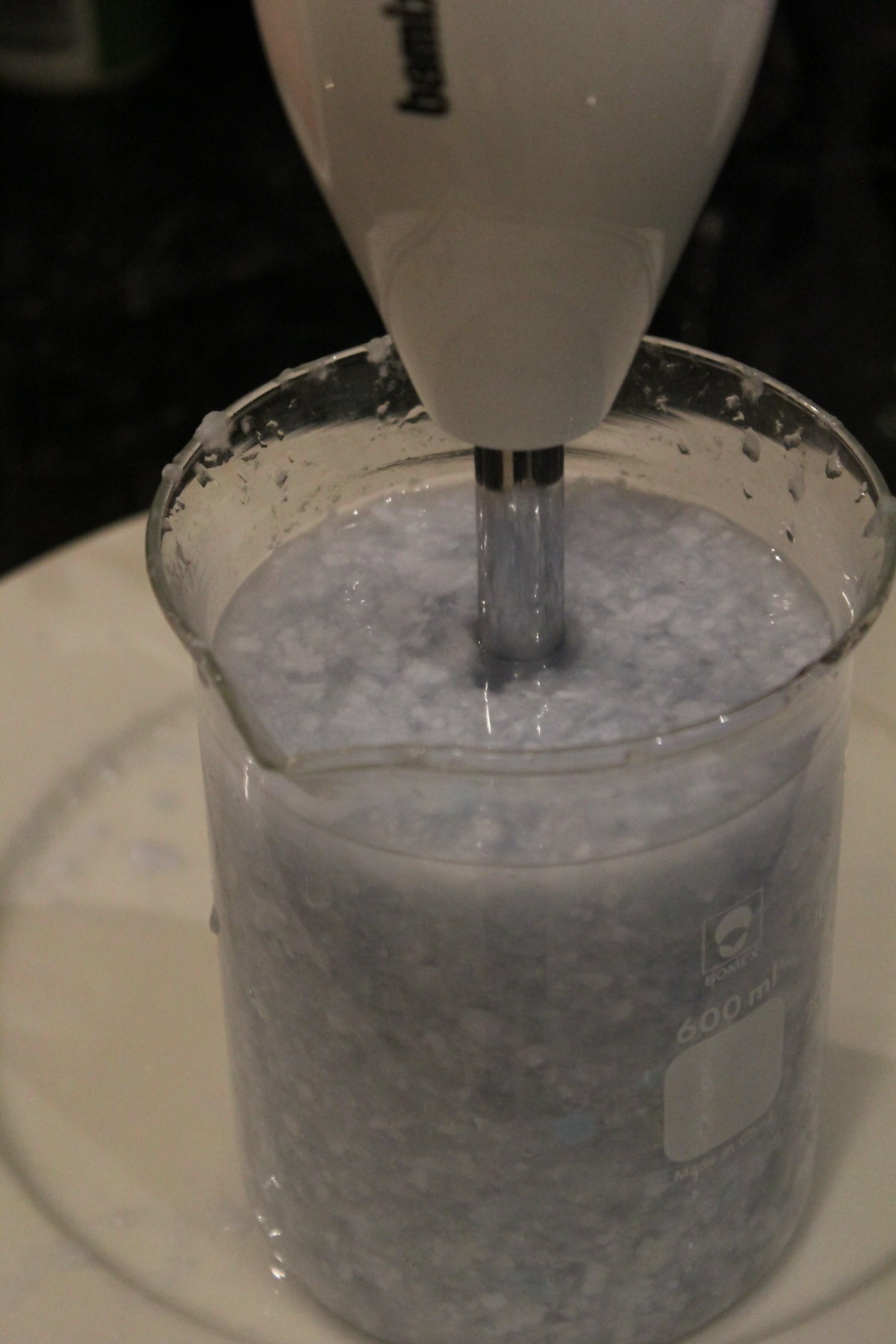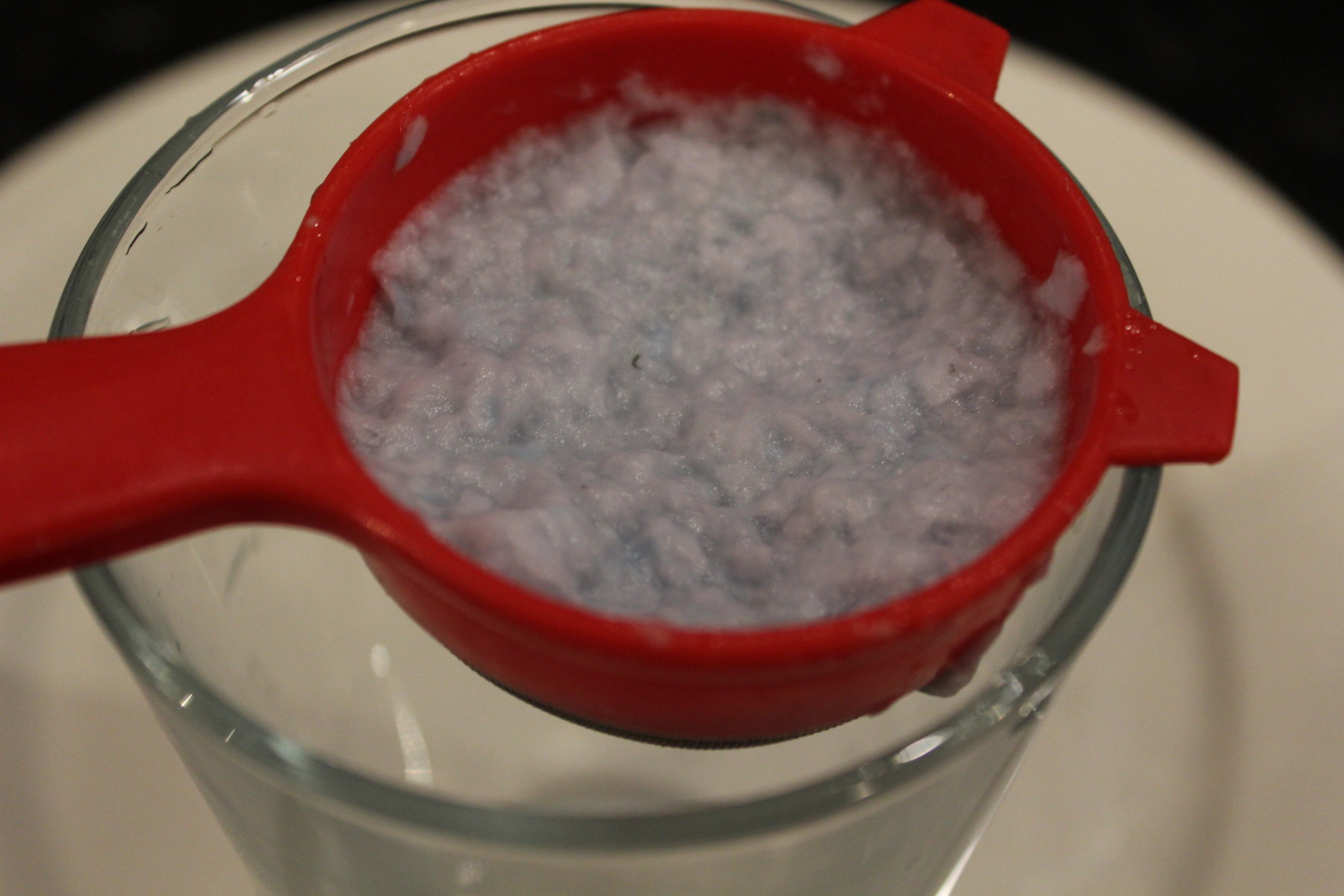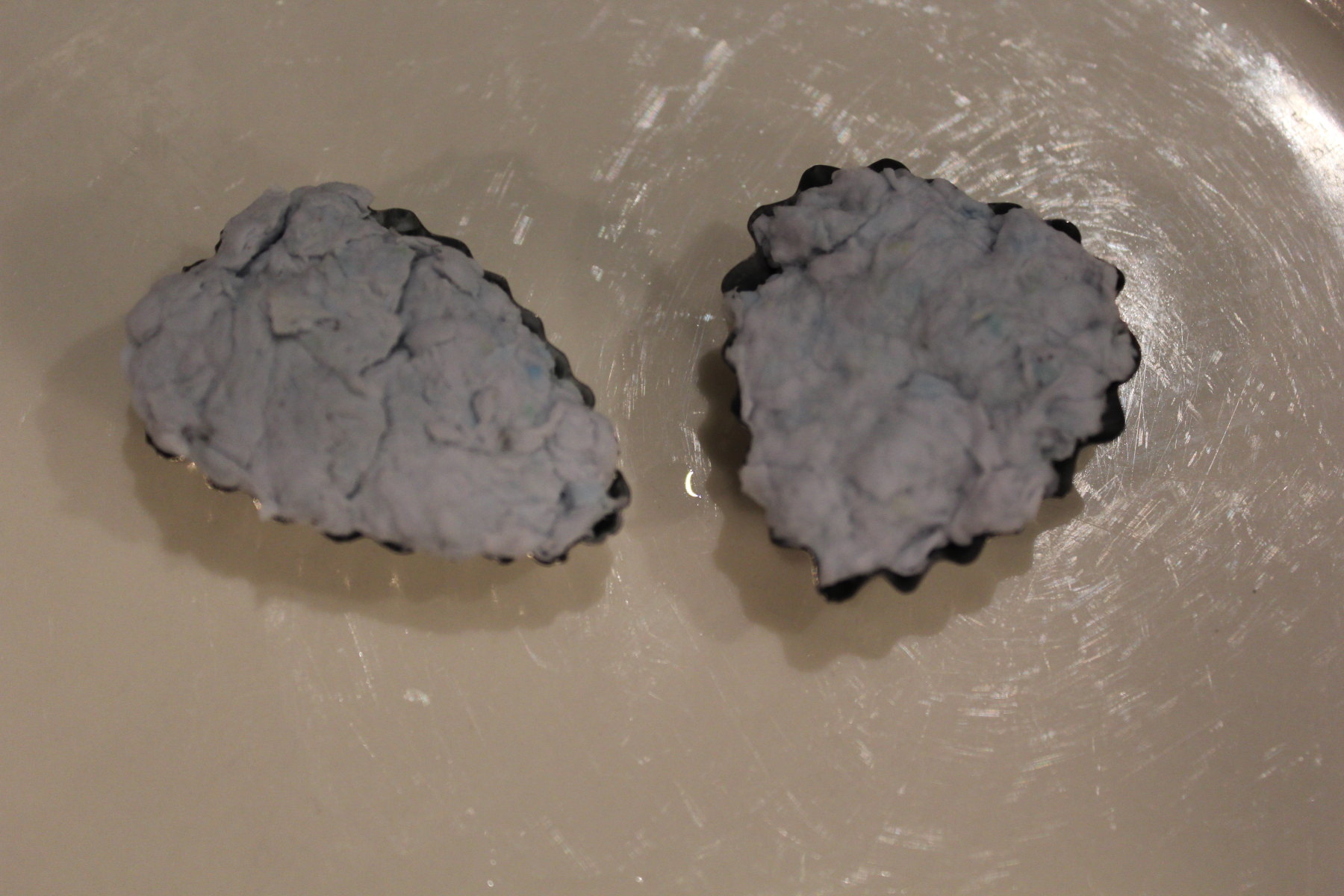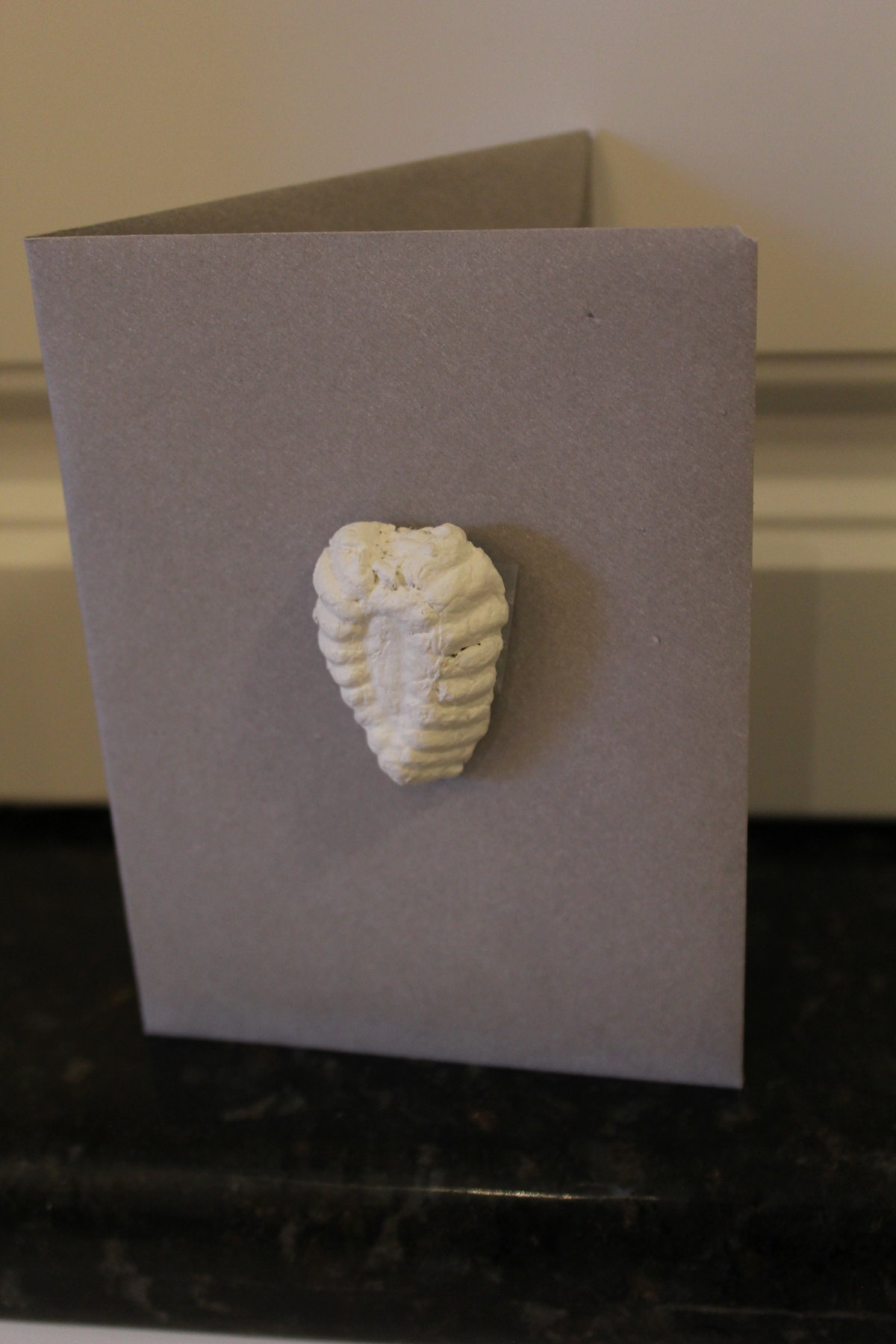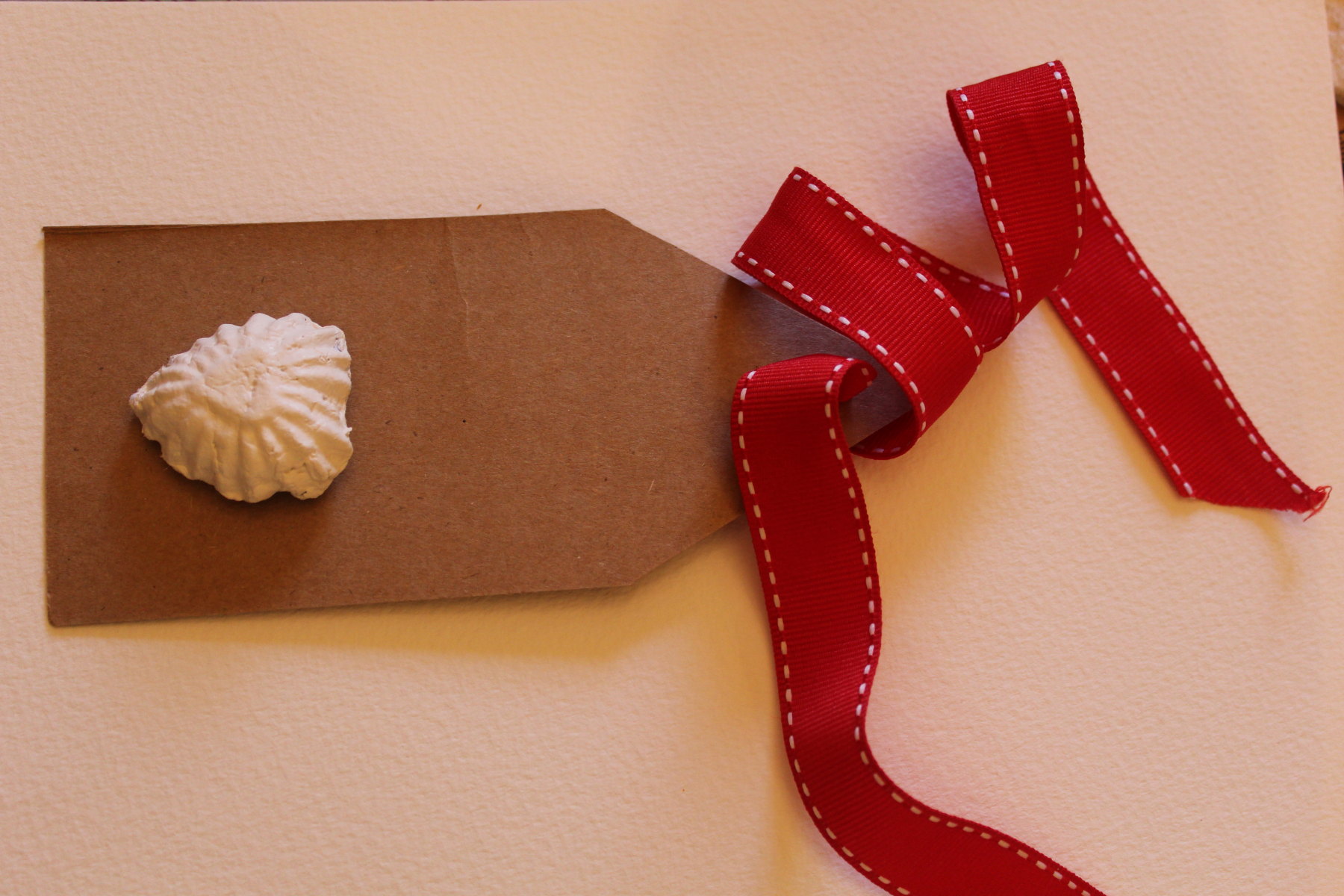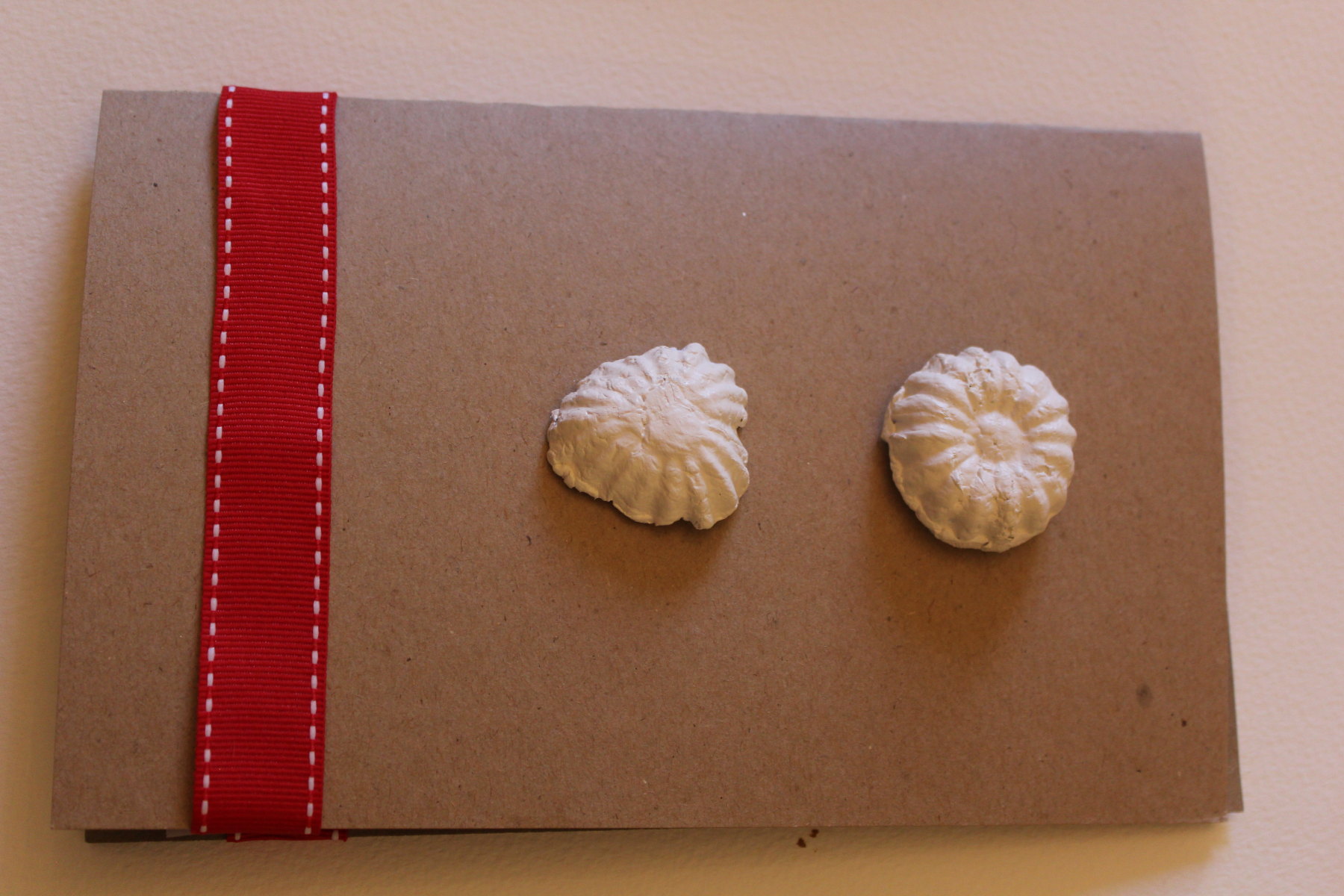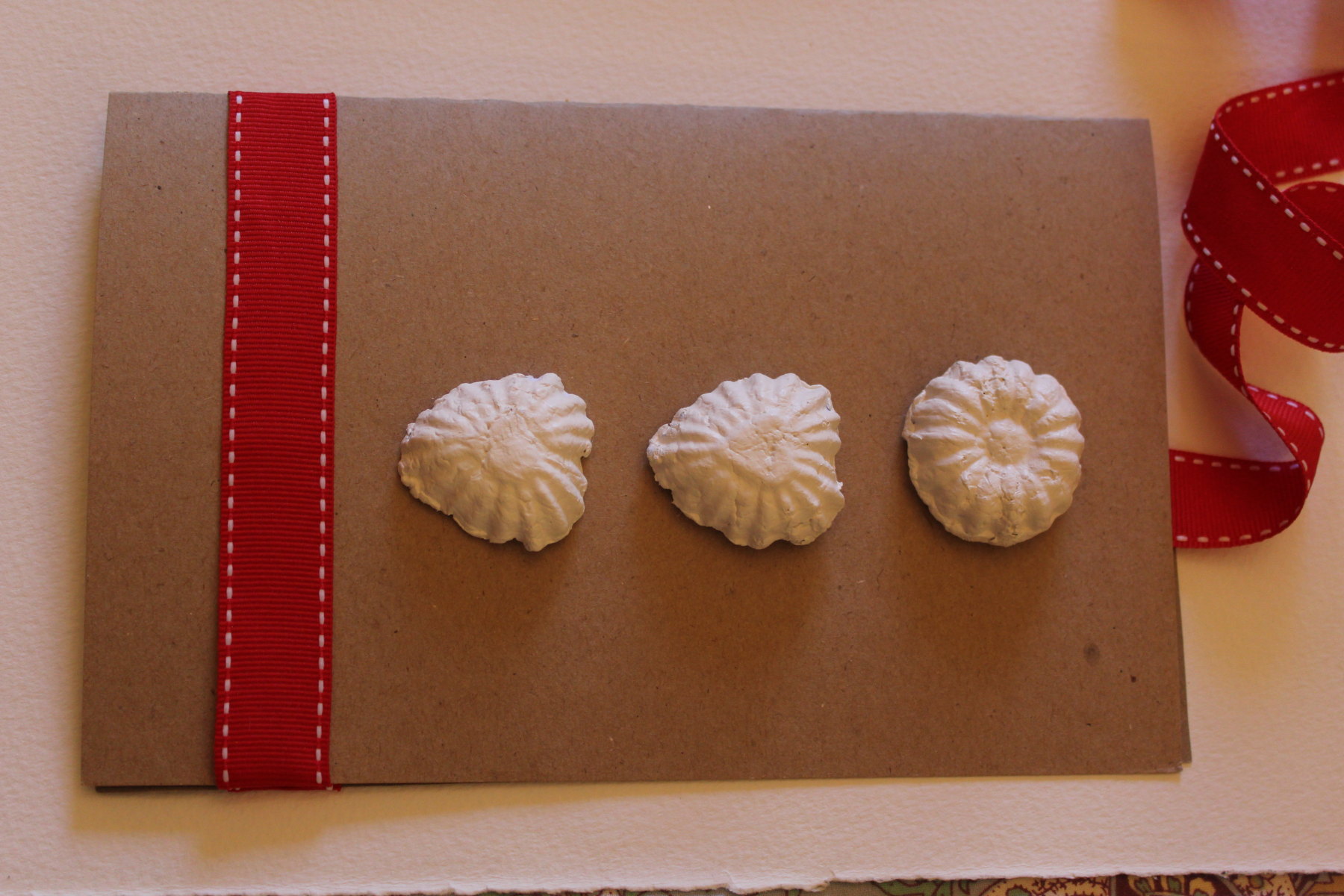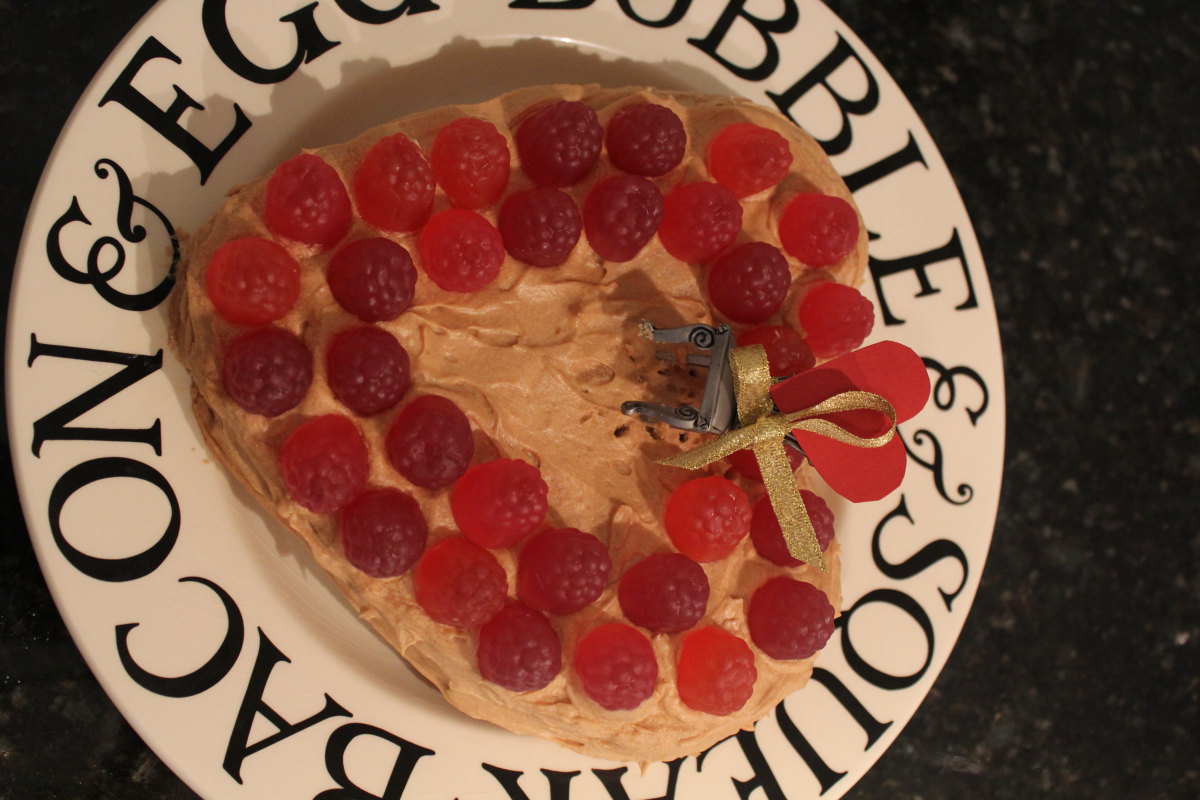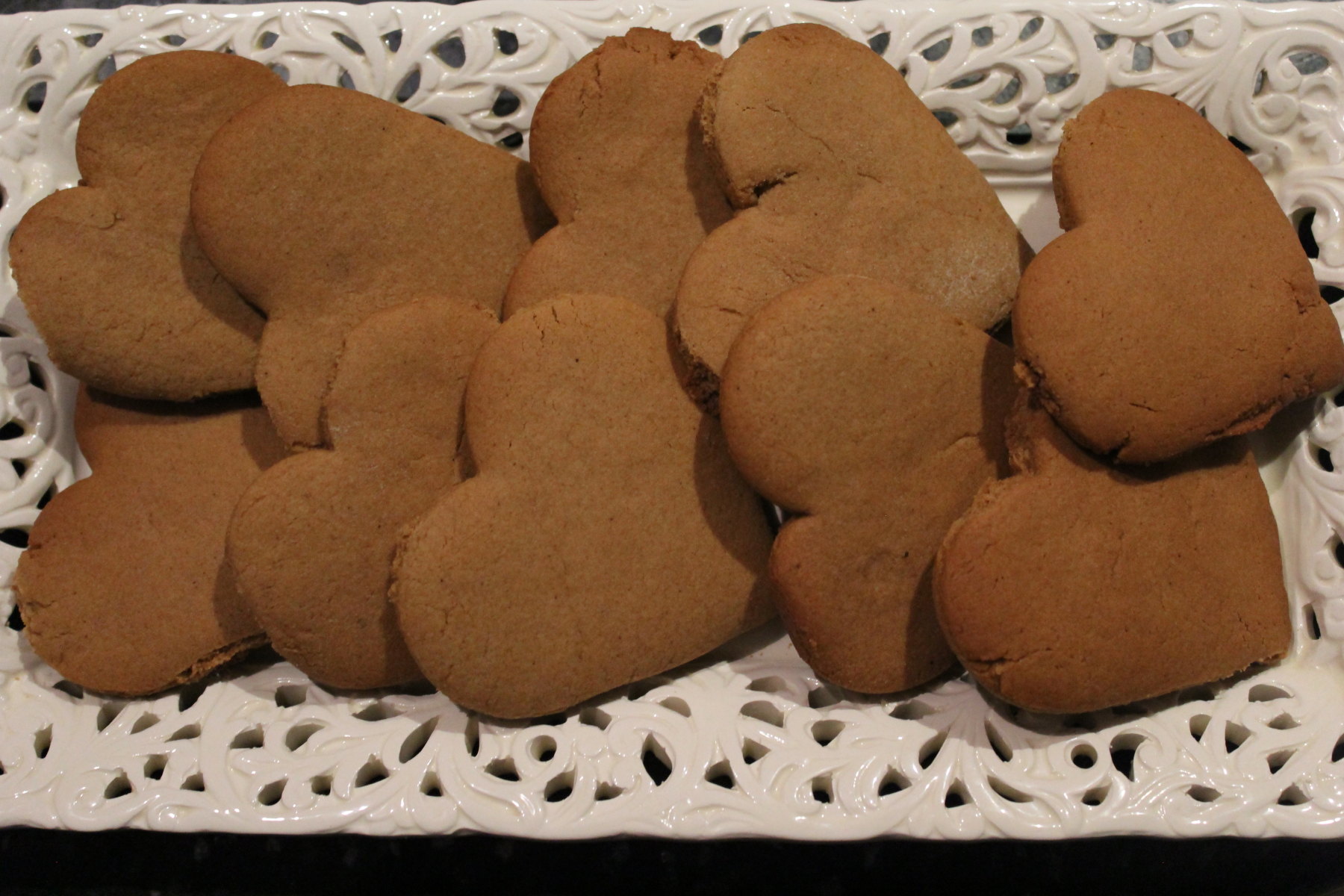REPAIRING
The downstairs rooms are being painted so everything had to be moved, covered and stored. Discovered the plasterwork and gilding on one of our mirrors was broken on a corner.
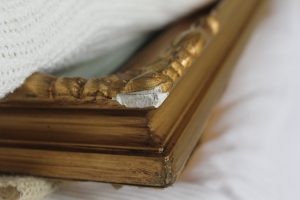

The break.
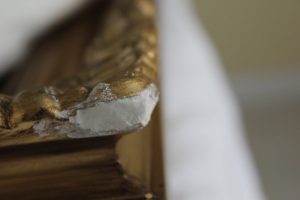

The repair, prior to sanding and shaping
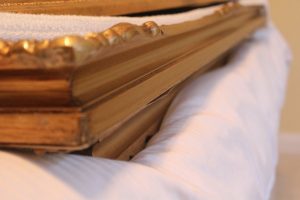

The finished repair.
I repaired the missing piece using Polyfilla, moulding and shaping it as it dried. Wiped it free of dust. Left it four days to cure, smoothed and shaped it again then painted it with gold paint. Very pleased as it is impossible to see the repair.
READING
Enjoyed reading time as we couldn’t really go downstairs while the painter was working.
Kate Atkinson’s Big Sky has one of her favourite characters, Jackson Brodie, no longer working as a Detective but now working as a Private Investigator. Set in a small seaside town, there is nothing sleepy here! Atkinson’s thrillers are fast moving, complex and compelling reading. Really enjoyed it and I’d recommend any of her other books, too.


Doris Brett and Kerry Cue’s The Sunday Story Club, described as ” like a bookclub without books, real-life tales of love, loss, trauma and resilience” was fascinating. A group of women meet at their Sunday soiree to address topics introduced by the hosts and some of theie responses make up the text of this book. All heartfelt, many are experiences common to all women, all enthralling. The appendix has suggestions for starting and running similar groups as well as many provocative and thoughtful story “starters” for discussions. You’ll think about these stories long after you’ve finished the book.
This is debut novel by Suzanne Daniel. Allegra in Three Parts is a story set in the 70’s during the second wave of feminism in Australia. Allegra is a child living between a feminist grandmother, an extremely hard working, immigrant, no nonsense grandmother and a mainly absent father. Her mother is dead and she wants to unite the remaining members of her family. An interesting book and rather nostalgic with well researched brand names and products from the 70’s mentioned throughout.
( The book refers to cuisenaire rods for teaching mathematics. In use for over 50 years, this reference took me back to my first teaching job. I’d used these rods extensively during teacher training, but soon discovered they didn’t help some children. In fact, they seemed to confuse rather than help some children master basic operations. I realised I needed to employ a number of strategies to teach new concepts as learners could be visual, tactile, auditory or a mix of all these types. Lesson learnt!)
EATING
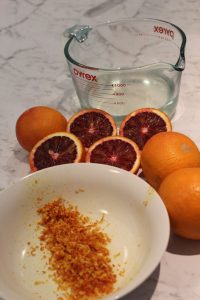

Bowl with zest which packs a lot of flavour, the oranges and the syrup.
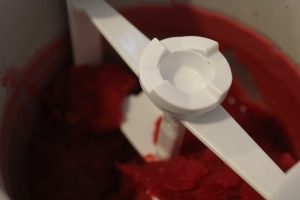

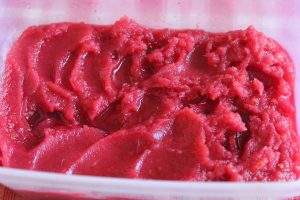

Blood Orange Sorbet
In Western Australia we are nearing the end of the citrus season so this is probably the last lot of blood orange sorbet for this year. The fruit is slightly tart and is mixed into a water and sugar syrup before it goes into the icecream making bowl to ‘paddle’ for 10 minutes. Result? Delicious, pretty, sorbet!
GROWING




The spring garden is full of hippiastra, roses, lilies and alstromerias. The “sticks” of hydrangeas I’ve planted are thriving as is the spearmint scented lavender. I’ve planted tomatoes and put in seeds for lettuce, chives, spinach and coriander, plus some multi-coloured petunias. I have never grown petunias from seed before, so, fingers crossed.
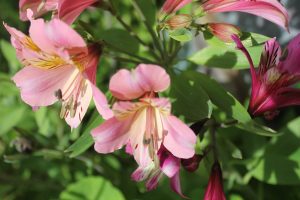
Alstromerias are a long lasting cut flower.
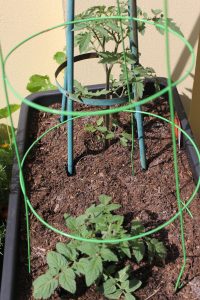
Optimistically large supports for the tomato plants.
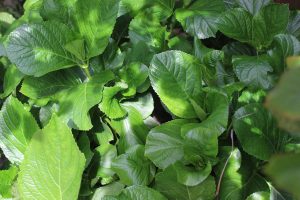

Lush, healthy hydrangeas grown from “sticks” harvested from last year’s plants.
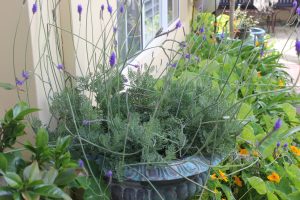
Spearmint lavender always covered in bees.
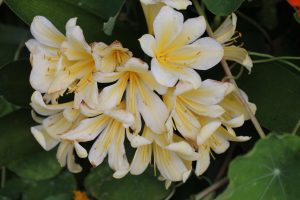
Cream clivias. I have grown some from seed but don’t think they’ll flower for several years. I have orange clivias, too.
October is the month many countries celebrate Octoberfest with drinking and feasting. Do this sound like you?

